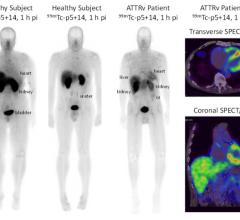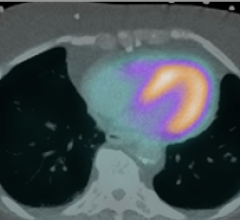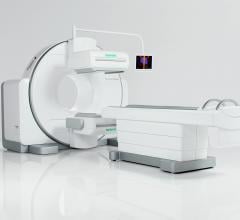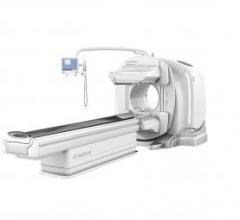September 19, 2007 - Risk stratification using single-photon emission computed tomography (SPECT) led to shorter stays and fewer readmissions for hospitalized heart attack patients, according to a preliminary study presented by James Spalding, PharmD, at the American Society of Nuclear Cardiology meeting, held in San Diego, CA, from September 6 – 9.
The researchers found that stress SPECT was associated with significant reductions in:
* Length of hospital stay (7.9 versus 8.5 days, P * Total hospital days in the 12 months after admission (19.7 versus 21.2, P * Coronary angiography (53 percent versus 68 percent, P * Revascularization procedures (10 percent versus 16 percent, P
Average length of stay was more than half a day shorter compared with stays of patients who did not have SPECT and 12-month post-discharge hospital days were cut by 1.5. Use of coronary angiography and revascularization procedures was also lower in patients who had SPECT imaging while in the hospital.
While clinicians did not agree on the best strategy for risk stratification of MI survivors, SPECT imaging has demonstrated potential for identifying patients who might be candidates for early discharge, noted Dr. Spalding.
Source:
Wu EQ et al. "Impact of single-photon emission computed tomography use after acute myocardial infarction on hospital utilization and cardiac procedure rates." J Nucl Cardiol. 2007;14(suppl):S115. Abstract 16.33.
For more information: www.asnc.org


 June 11, 2024
June 11, 2024 



